Lennon Meets the Onos & the Yasudas
By Madeline Bocaro ©
Social Media:
https://linktr.ee/conceptualbooks
© Madeline Bocaro, 2019. No part of this site may be reproduced in whole or in part in any manner without the permission of the copyright owner.
This is an excerpt from my Yoko Ono biography…

An all-embracing look at Yoko Ono’s life and work, in stunning detail.
Read all about the book, see the reviews and
Order here:
John Lennon was amazed that the love of his life was born three thousand miles away from his childhood home in Liverpool. He was fascinated by Japan – the land of Yoko Ono’s birth – and proud of the fact that his relationship with her was a beautiful example of East meets West. The lyrics to Johns song ‘You Are Here’ exemplify this…
From Liverpool to Tokyo
What a way to go
From distant lands one woman one man
Let the four winds blow…

One of John and Yoko’s first projects together was Acorn Peace in June 1968 at Coventry Cathedral in England. There they planted two acorns – one facing east and one facing west, representing their coming together from opposite ends of the world.
See my story about Acorn Peace – John & Yoko’s Seeds of Peace
https://madelinex.com/2018/06/14/john-and-yokos-seeds-of-peace/
John’s song ‘You Are Here’ was written in 1968. It appears on his 1973 album Mind Games. The title refers to John’s summer 1968 art exhibition dedicated to Yoko prior to their marriage (You Are Here – To Yoko from John, with love) at London’s Robert Fraser Gallery. ‘You Are Here’ was hand-written in very small letters on a large white circular canvas at the gallery entrance.
Read my story all about the You Are Here exhibition:
https://madelinex.com/2018/07/02/you-are-here-to-yoko-from-john-lennon-with-love/
East is east and west is west
The twain shall meet
East is west and west is east
Let it be complete
John’s song was based on the merging of East and West (Tokyo and Liverpool / Yoko and John) and on the popular Rudyard Kipling adage “East is East, and West is West, and never the twain shall meet.” However, few people realize that in the second half of the poem, unity is achieved through strength – and ‘there is neither East nor West.’
But there is neither East nor West
Border, nor Breed, nor Birth,
When two strong men stand face to face,
Tho’ they come from the ends of the earth!
-Rudyard Kipling
John and Yoko visited Japan together to meet her parents in 1971, and later when his American deportation case was finally won and he was once again free to travel, they returned to Tokyo from May to October 1977 for a big family reunion that John organized so that Yoko’s family could meet their baby son Sean. They spent the last four summers of John’s life in Japan They loved Karuizawa (in Nagano prefecture) one hour from Tokyo by train. In the cool and comfortable atmosphere of Karuizawa at a 3,000-foot altitude, they rode bicycles and enjoyed quiet time and privacy. They also visited Kanagawa.
Their time in Japan was peaceful and serene. John was in heaven. He compared the temples of Japan to the village greens of England.
From mystical to magical
What a way to fly
From temple scenes to village greens
Let in the light*
John Lennon first met Yoko Ono’s Japanese parents in January 1971 at their home in Fujisawa after first visiting the temples of Kyoto. It was just a year after the Beatles had split. Despite his worldwide fame Yoko’s parents were not impressed by John, who had no idea about the family’s nobility and prestige. Yoko’s father Eisuke was a highly successful banker. Her elegant, beautiful and refined mother Isoko (a feminist and socialite, talented in music and art) came from the wealthy, privileged Yasuda family with an imperial and political background.

John also met Yoko’s two younger siblings; a brother (Keisuke) and a sister (Setsuko) who is now an artist after having prior careers in finance and in politics. Setsuko, also a feminist highly respects her sister Yoko and her work.
Setsuko did not know about the Beatles until Yoko showed her a photograph and said, “Look this is the Beatles and I’m in love with this person.” Setsuko remembers John saying in a very warm and encouraging manner that “I should leave the World Bank and continue my passion for art.” Setsuko Ono has exhibited her art in Liverpool and in many countries. She speaks about how much power John still has in the imagination of British people and says that he deserves it. “He was intelligent, charming, generous, sensitive to political issues and people’s suffering.”
Yoko’s great-grandfather, the son of a samurai was a self-made millionaire.
He founded the Yasuda bank.
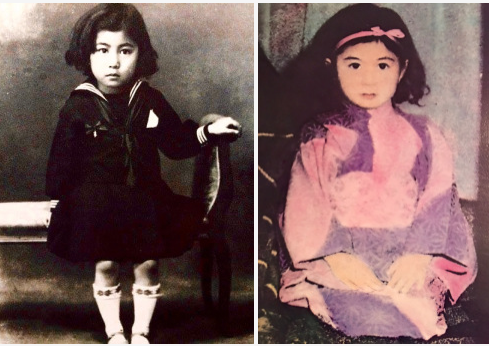
As a child, Yoko attended the exclusive Gakashuin elementary school – open only to nobility and aristocrats – and to the imperial family. Her classmates were the Emperor’s two sons. She had classical musical training there at a very young age. John was not aware of her pedigree, nor was he trying to impress anyone.
Yoko: “He just went to my parents’ place unshaven, and wearing an army-surplus coat. Just the most hip outfit, very rock’n’roll! I mean, rock’n’roll can be a performance in a theatre, a beautiful, gorgeous thing. But he was just looking like a bum. This kind of ‘here I am’ attitude. My family was not enamoured. If some families had a son or a daughter involved with the Beatles, maybe they would say, ‘We’d like to meet that guy, we’d like to be invited to a Beatles concert.’ There was none of that, of course.”
The family fortune – on her mother’s side – was made by Yoko’s great-grandfather Yasuda Zenjiro (Zenjiro Yasuda) born November 25, 1838. John was very interested as she told him the story of her rebellious ancestor – a self-made millionaire who migrated to Tokyo to make his fortune.
Yoko compares Zenjiro’s migration to that of John; his trajectory – born in the mountains of Japan and migrating to Tokyo, mirrors John’s Liverpool origins, and his move to London. During the depression he purchased insolvent banks and gave the money to poor people whose accounts had been frozen. The son of a poor Samurai family, he amassed a huge fortune in banking, founding the Yasuda bank in 1880.
In another parallel with John, great grandfather Yasuda had refused honors from the then Emperor many generations before John had returned his MBE (Member of the British Empire) to the Queen. Yasuda wanted to remain a commoner.
John saw a portrait of Yasuda and said:
“That guy is me in my past life.”
Yoko: “He just said that out of the blue, and I said, ‘Don’t wish for that. Because he was assassinated.’”
Yasuda was murdered at his villa in September 1921 by Heigo Asahi – a socialist who scheduled a meeting for a bank loan. Asahi slashed Yasuda’s neck with a sword, killing him, and also himself. Asahi’s lavish funeral received more attention than that of Yasuda himself.
Yoko: “Afterwards Asahi killed himself and left a letter to the world, saying that he’s assassinated this capitalist. But some people believe that he had asked my great-grandfather for money and he was refused. And others believe that he was just a very enthusiastic socialist.”
After many years of harrowing immigration problems with a looming threat of deportation from America (due to a 1968 drug bust in London) John was finally granted his green card in July 1976. He was now free to travel outside of the USA without fearing that he could not get back in. This began the summer vacations in Japan – through 1980.
Three thousand miles over the ocean
Three thousand light years from the land of the rising sun
For another visit to Japan in 1977, John (who was this time more presentable and clean-shaven) organized an Ono/Yasuda family reunion. It took place at Yoko’s ancestral home in Fukuoka. John wanted their baby son Sean to meet his mother’s family. The couple sent fancy hand-made invitations to one hundred relatives – but Yoko was apprehensive.
Yoko: “I said, ‘Why would I want to see these people just because they’re blood relatives?’ Why would I want to see these boring people? They’re the kind of people I left to make my own life.”
In May 1977, John first visited Hong Kong with Sean (meeting up with David Bowie there by chance). He then flew on to meet Yoko at Tokyo’s Hotel Okura. In preparation for his second visit to Japan, John had taken a six-week Japanese language course at the Berlitz Language Center in Manhattan.
From the look of the family photos shot by Nishi Saimaru, everyone seemed to be having a good time at the reunion. John has the biggest smile of all!

Family Portrait: @ Nishiazabu June 19, 1977
East is a mirror of the west, and vice versa.
And there’s no crossover.
We are one.
Yoko, Twitter January 22, 2016
The couple’s time in Japan with Sean as a baby and later as a toddler were some of the happiest days of their lives, especially their visits to beautiful Karuizawa. Nestled in the woods at the Mampei Hotel in room 128. John immersed himself in Japanese culture, enjoying Kabuki theater, calligraphy, haiku poetry, which greatly influenced his art and music.
Family Photo: Isoko Ono, Sean Lennon, John, Yoko and cousins Akiko, Reiko, Takako and Kousuke – children of Yoko’s brother Keisuke. (One cousin, Keisuke Jr. was away at boarding school).
John & Yoko with her mom Isoko
John designed his own ‘chop’– an embossed signature stamp – which became the insignia for his future artworks; mostly line drawings in pen, pencil and Japanese sumi ink. The kanji of John’s chop mark read, ‘Like a Cloud, Beautiful Sound’. (Yoko began exhibiting and selling limited edition prints of John’s drawings in 1986, establishing John an important artist). A book of drawings that John made while learning Japanese language was published in Japan. The book’s title is Ai. (See below).
While in Japan, John commissioned a Yamaha custom CJ-52 acoustic guitar (with a maki-e dragon motif). John provided a sketch for the design, including a yin yang symbol. It was the most expensive guitar ever made by the company to date.

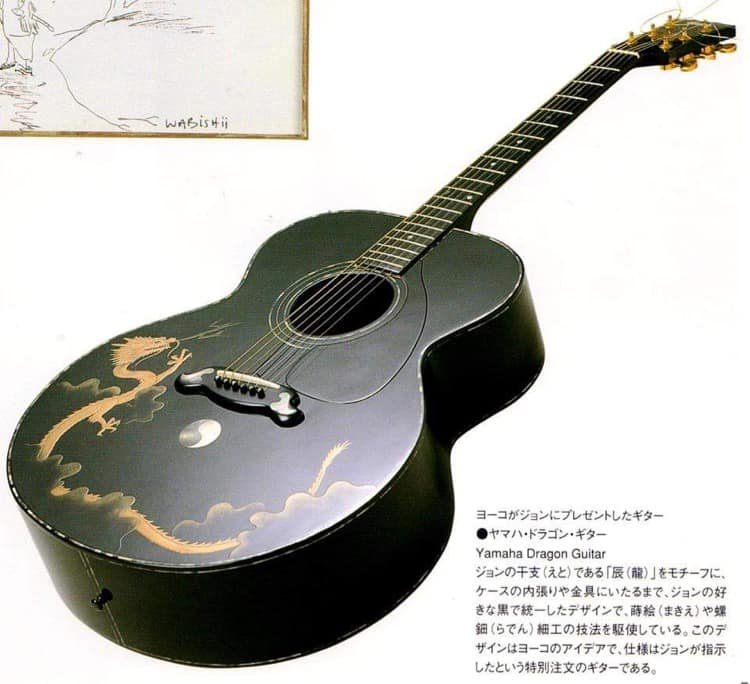
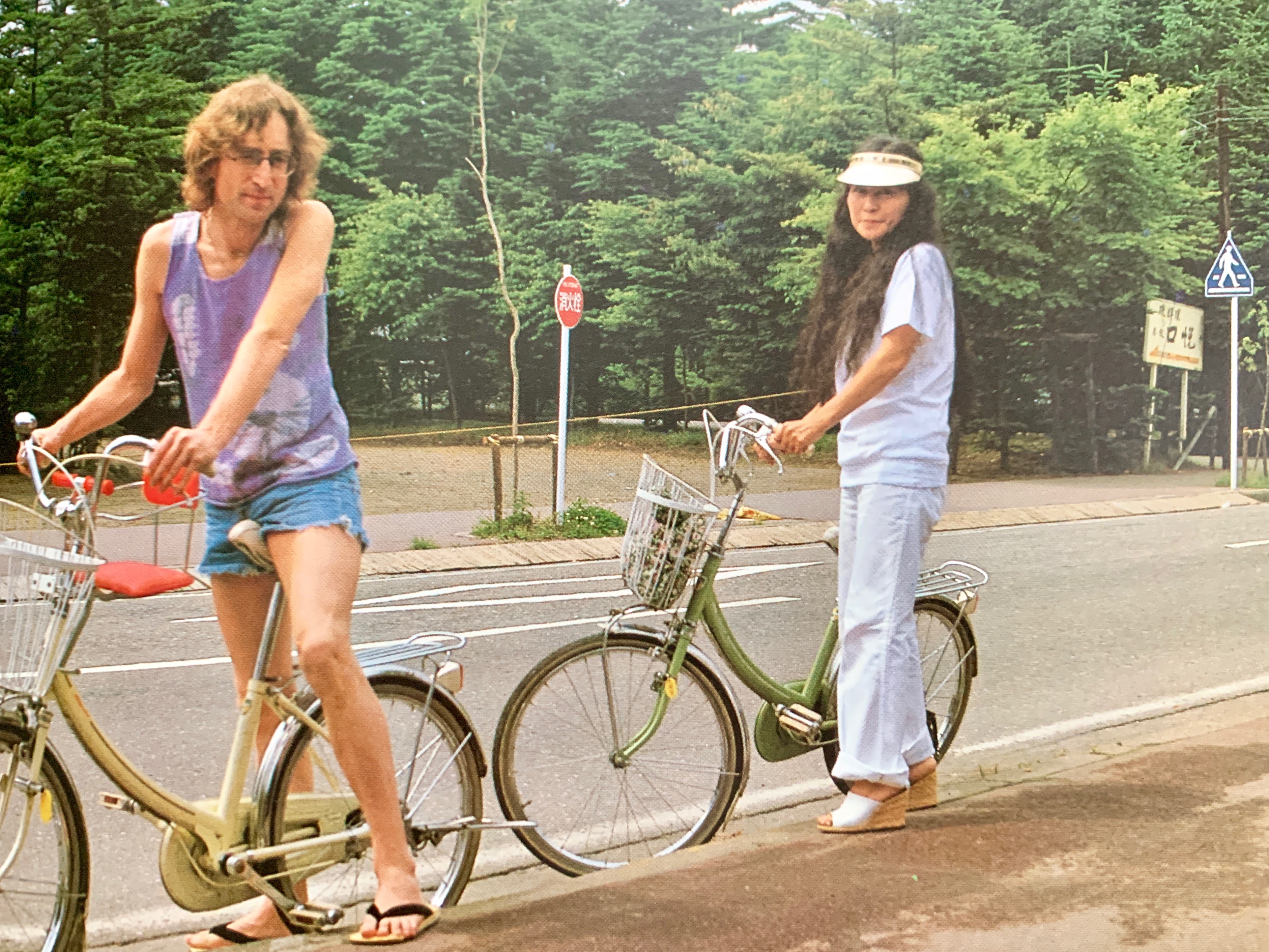
John and Yoko were visited by their dear old friend Elliot Mintz in Karuizawa. They also took many bike rides and frequented a lovely cafe which Yoko describes in her story:
The Lighter
Karuizawa is an old summer resort in Japan very much like the Hamptons except it’s in the mountains.
There is a coffee house in a pine forest near Karuizawa. John & I fell in love with the place, and found ourselves going there almost every day with Sean. To get there, you had to go cycling for about 30 minutes from the town of Karuizawa. But we loved going there. There was a big hammock in the backyard, and John, Sean and I used to spend the afternoon lying in it, giggling, singing, and watching the sky.
After John’s passing, five years from the time we were last there together, I visited the coffee shop again. It was as if time had stood still. There was the same stillness in the shop with only a few people sitting around. The scent of pine and aroma of good coffee was in the air. I had a cup of coffee and left. The owner came running after me and handed me a lighter. “Your husband left this the last time he was here,” he said. I looked at him and the lighter. “I’d like to return this to you.” I lit the lighter. The flame shot up, like it was alive. Then I remembered the day that John had left the lighter at the coffee house.
The three of us went there to spend the afternoon as usual. Right in the middle of our bike ride home, John remembered that he had left the lighter at the coffee house. I was going fast on my bike. He was shouting something to me from behind. “What?” I shouted. “I left me lighter at the coffee house!” John shouted back. “The one I bought yesterday!” I knew he liked that one. I slowed down and turned my head around. “Shall we go back to get it?” I asked. “Yeah, let’s,” he said. Then he changed his mind “Oh, never mind. I’ll get it tomorrow when we’re there,” he said. But tomorrow never came. The rainy season started the next day. It rained cats and dogs for several days without stopping.
Karuizawa was not fun when that started. John just sat in the hotel room and made collages. Then we packed and left for Tokyo, then home to N.Y.
We got busy with other things and, as fate would have it, we never went back there again. I was left with the lighter.
“Life is what happens to you while you’re busy making other plans.” JL
Y.O.
Love has opened up my eyes
Love has blown right through
Wherever you are, you are here
* The extra verse from John’s song ‘You Are Here’ only appears on the 1998 John Lennon Anthology CD box set.
John’s artwork at the cafe in Karuizawa in 2019:
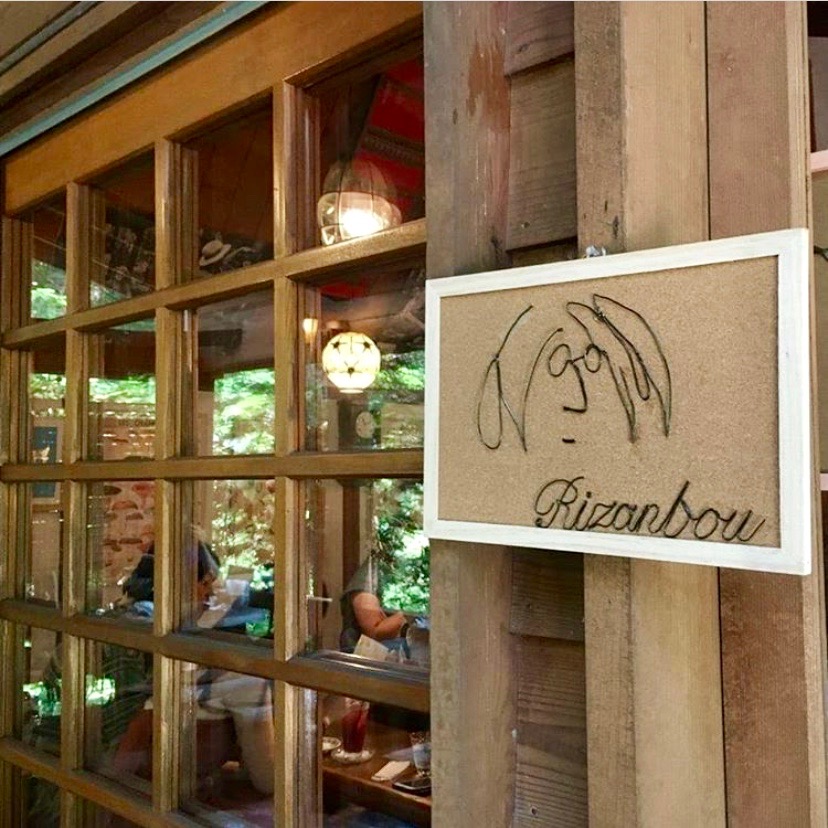
The Yasuda family home, Kudan House is one of the few structures to have survived the Tokyo bombings during WWII. It has been declared a national historical landmark. It is now the residence of the Filipino ambassador and his family. Construction of Kudan House began in March 1933 – one month after Yoko was born. She visited her ancestors there for nine years until they suffered financially and sold it to the Phillipine government in 1944. In 2015, a book about Kudan House was published; History and Heritage of the Kudan: the Official Residence of the Philippine Ambassador to Japan by Ambeth Ocampo.
Yoko Ono shares her memories of Kudan House
My cousins and I loved going up to the room on the top of the house, where there was a huge telescope from which you could see the whole of Tokyo, since the house was on the Takadai (the high place in the city).
There was a little cave near the shrine and the tennis court in the garden, and my cousins and I used to go in there to eat lunch… When it rained, it was great to watch the trees from inside the cave.
The house has now been maintained so beautifully by the Philippine people, expressing how destruction and ruin were not the only things that remained of wars. When you walk into the Kudan, you immediately feel the dignity, pride and wisdom of the people of the Philippines to have decided to keep this house of cultural history.
My uncle invited one of the very best architects of that day from France to build this house. The French ambassador, who was invited to the Kudan at the time, had said something like, “This is grander than any of the Paris houses.” Since there are not many houses of this significance left from the war, the people of Japan are grateful to the Philippines for maintaining the Kudan in its old glory.
Kudan House expresses the peaceful beauty of the old Japan. There is just one other grand house next to Hotel Okura, which is now a residence for the American ambassador. Other than those two houses, not one private house remains in Tokyo of such elegance and class.
In its heyday, Kudan House was visited by princes and princesses, artists and diplomats, all of whom were admirers of the incredible beauty and sophistication of my aunt. Even during the blackout nights, my aunt, who was a rebel at heart, gave dance parties as the enemy planes were roaring in the sky. The servants put up black curtains in every room and the devil-may-care aristocrats kept dancing till dawn.
Us children were told to go to bed early. But after making sure our nannies were nodding off, we sneaked out of our beds and sat at the top of the stairs to see the ladies in great evening dresses walk by. I remember my elder cousin telling us to be absolutely quiet.
-Yoko
Photos:
1971 – Bob Gruen
1977: Nishi Saimaru (1977) from the book
John Lennon A Family Album
published in 1982 – only in Japan.
This story is an excerpt from my Yoko Ono biography
In Your Mind – The Infinite Universe of Yoko Ono
The true story of the woman John Lennon loved.
Read all about the book, see the reviews and
Order here:
HARD COVER books are only available at…
Conceptual Books
Social Media:
https://linktr.ee/conceptualbooks
Contact: conceptualbooks@icloud.com
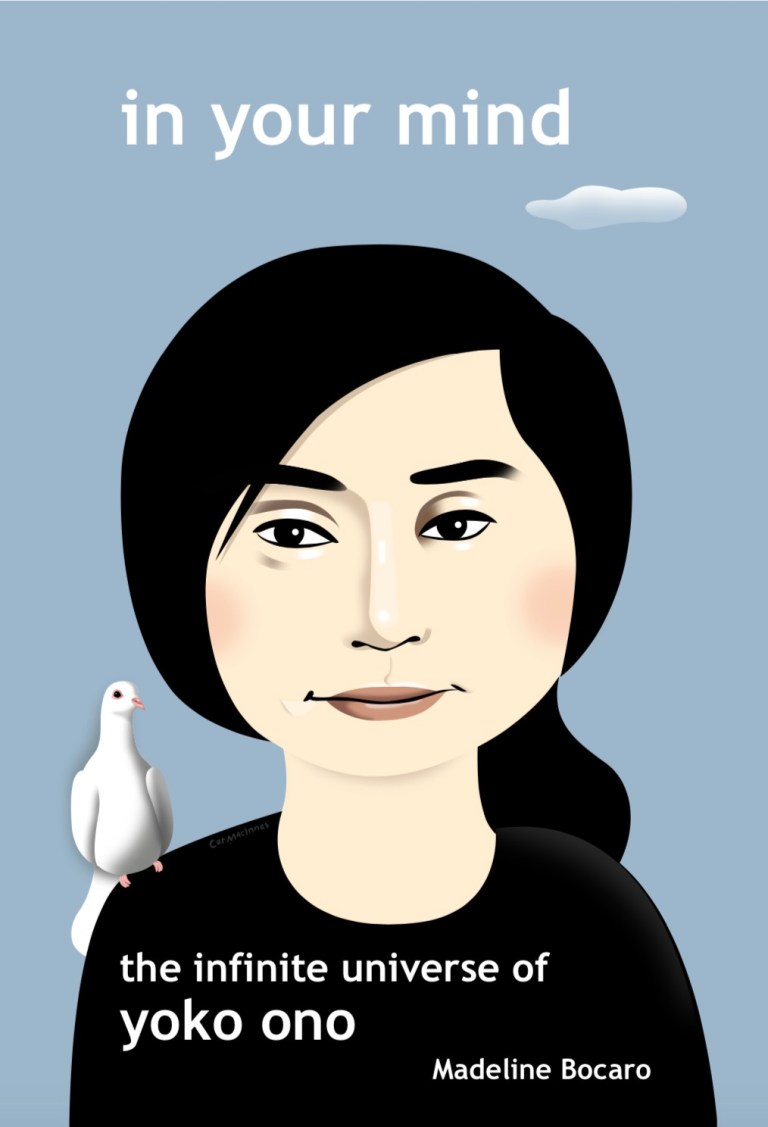

MORE:
A wonderful 15-minute interview with Yoko’s sister, artist Setsuko Ono
Direct Talk 2018 – Setsuko Ono NHK World
https://www.dailymotion.com/video/x6iifds
Setsuko’s aim is to make people happier and to forget their anger, introduce beauty and changes in the cruel world. Her overall objective is to make a better world. “What is beautiful is how you encounter horrible people and things, how you fight them and maintain human dignity. That is beautiful. The courage to fight for justice is beautiful.”
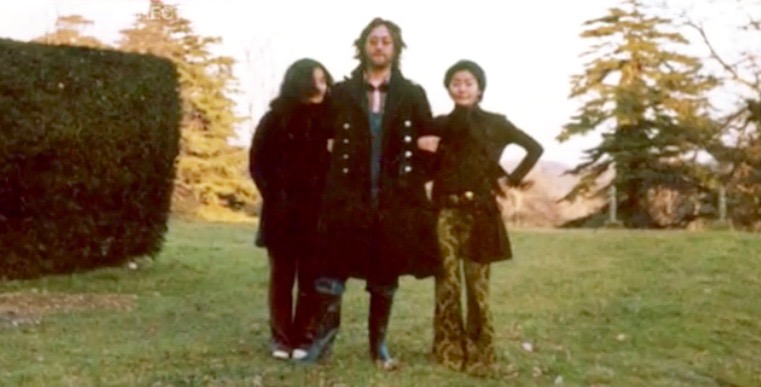
Yoko, John and Setsuko, 1971 @ Tittenhurst Park
Yoko Ono celebrates book launch at childhood home
by Fumiko Endo
TOKYO (The Japan News/ANN) – Musician and artist Yoko Ono attends the launch of a book featuring the Philippine ambassador’s official residence in Chiyoda Ward, Tokyo, a historic building where Ono herself lived for a while during her childhood.
Musician and artist Yoko Ono was among those recently celebrating the launch of a book featuring the Philippine ambassador’s official residence in Chiyoda Ward, Tokyo, a historic building where Ono herself lived for a while during her childhood.
“History and Heritage of the Kudan: The Official Residence of the Philippine Ambassador to Japan” was written by historian Ambeth Ocampo with the assistance of the embassy and sponsors. It describes the property that used to be owned by the Yasuda family, which led the prewar Yasuda zaibatsu business conglomerate. The elegant Iberian-style house was built in the early 1930s by Ono’s uncle Iwajiro Yasuda.
In 1944, the residence was sold to the Philippine government and it has served for decades since as the home of Philippine envoys to Japan. It was declared a national historic landmark by the National Historical Commission of the Philippines in 2013. Filipinos call the house “Kudan” because it is located near Kudanshita subway station.
“The idea of selling this property was raised a number of times in the past. But we believe that selling and tearing down this building would be a great tragedy,” Philippine Ambassador Manuel Lopez said Tuesday at a cocktail reception held in the residence, which was decorated with a Christmas tree and ornaments.
The book contains valuable photos, including some from Ono’s childhood, but will not be for general sale. It was published as part of events to commemorate the 60th anniversary of the establishment of diplomatic relations between the two countries in 2016.
“It is our hope that this book would add to the efforts by all who came here before us to preserve this precious property,” Lopez said.
Ono herself was a special guest of the day. “I remember when I was a little girl. My uncle was living here,” she said in English. “Such a great memory … Musicians were playing music up there in the terrace.”
Ono lived in the house for some time in her childhood before it became the Philippine government’s property. The about 80-year-old residence barely survived the war, when many other houses were destroyed by fire and bombings. With renovations to preserve its legacy, the mansion is still actively used.
Ono emphasised that the residence “is actually a sign of … the wish and will of people who live in peace.”
Following Ono’s speech, a song was dedicated to her by the FilCom Chorale: her late husband John Lennon’s “Imagine.” The Japanese guests, ambassadors and their spouses, business leaders and Ono — of course — sang along.
http://asianews.eu/content/yoko-ono-celebrates-book-launch-childhood-home-3603
© Madeline Bocaro 2019. No part of these materials may be copied, photocopied, reproduced, translated or reduced to any electronic medium or machine-readable form, in whole or in part, without prior written consent Madeline Bocaro. Any other reproduction in any form without the permission of Madeline Bocaro is prohibited. All materials contained on this site are protected by United States copyright law and may not be reproduced, distributed, transmitted, displayed, published or broadcast without the prior written permission of Madeline Bocaro.
Yoko Ono Family Album – Japan:
Images from Ai – John Lennon’s book of drawings, published in Japan:
John & Yoko & Elliot Mintz – making wishes in Japan:
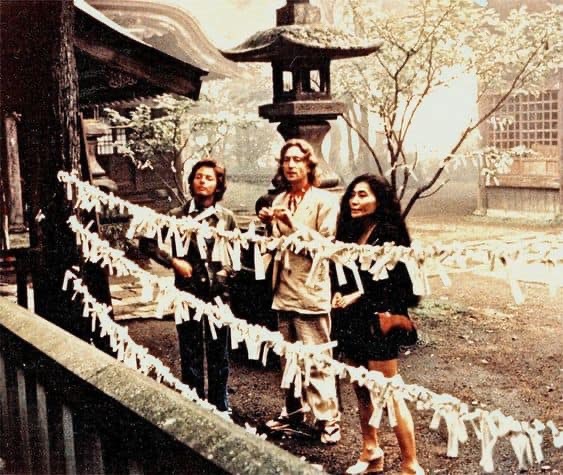

A letter from John to Paul written at Hotel Okura in 1978 saying,
‘They know Ono better, they call me Mr. Ono’!
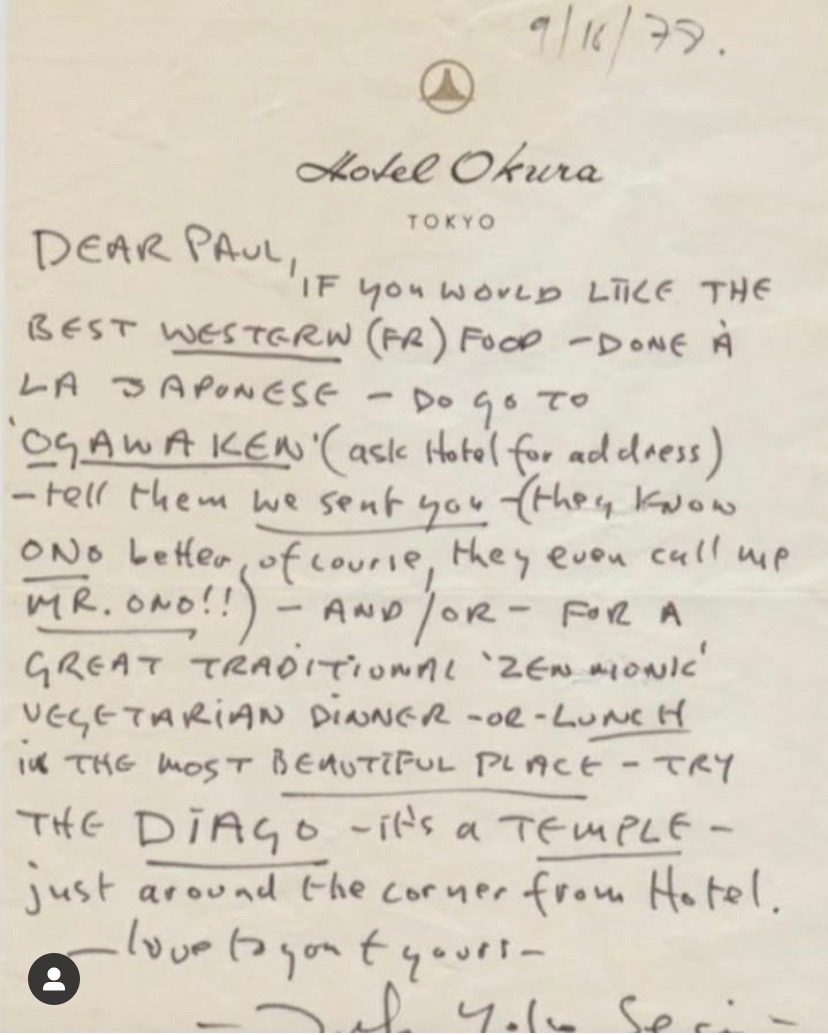



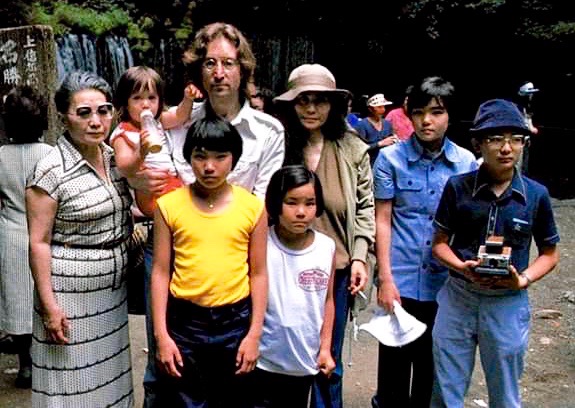

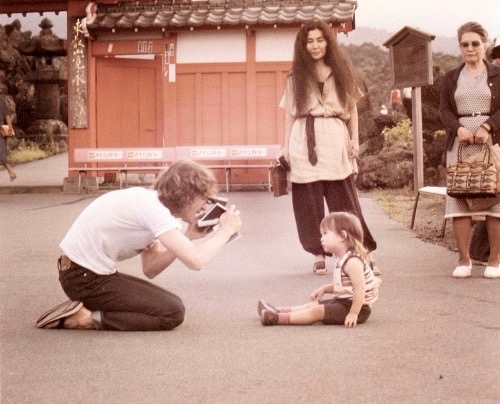






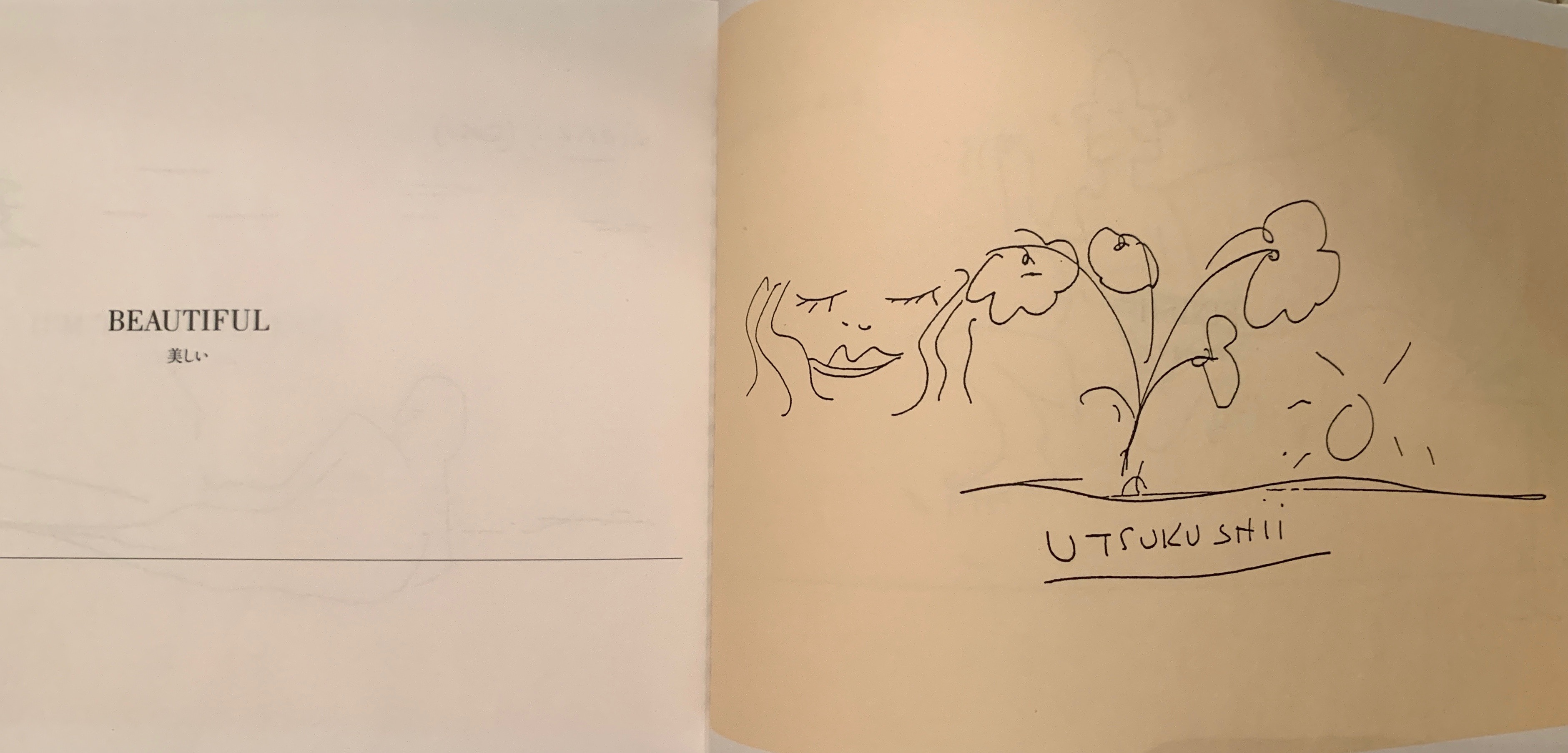



Hello, dear Madeline …
I really enjoy in your post about John & Yoko like great fan of John Lennon …. Your site is special rock and roll story, great trip across rock and roll universe 🙂 I special like your post about the Beatles, Nico, Lou Reed, Sex Pistols … All my life i read,hear and write about rock music … special music of sixties … My favorite bands is the Doors and Pink Floyd, the Velvet underground and much like blues music … early Fleetwood mac(with Peter Green), Savoy Brown, Chicken shack …
Great regards and much thanks for all your works on your site …